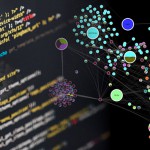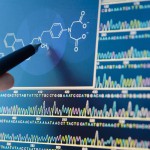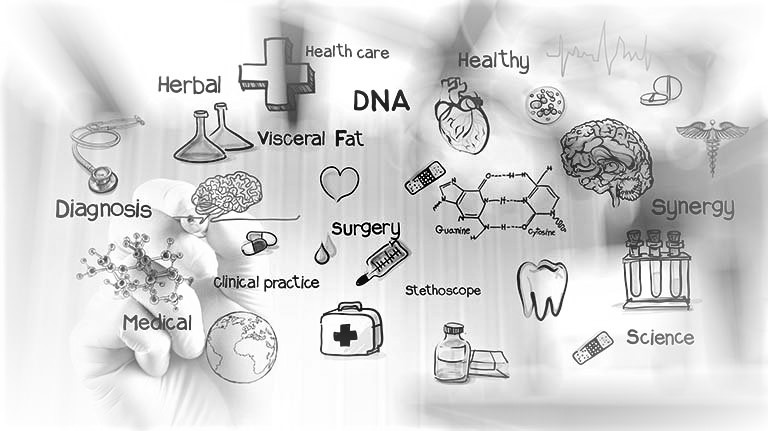PRIYA
BIOLAB
Bioinformatics
Bioinformatics is a subdiscipline of biology and computer science concerned with the acquisition, storage, analysis, and dissemination of biological data, most often DNA and amino acid sequences. Bioinformatics uses computer programs for a variety of applications, including determining gene and protein functions, establishing evolutionary relationships, and predicting the three-dimensional shapes of proteins.
we are growing
- Development and implementation of computer programs that enable efficient access to, management and use of, various types of information.
- Development of new algorithms (mathematical formulas) and statistical measures that assess relationships among members of large data sets. For example, there are methods to locate a gene within a sequence, to predict protein structure and/or function, and to cluster protein sequences into families of related sequences.
- With the power of bioinformatics, we now have banks of cancer genes. We can analyze them and look for candidates in other cancers.

Application
Bioinformatics is a multidisciplinary field used in many life sciences, so it has numerous applications. Let’s take a look at some of them:
Medicine
Pharmacology
Genetics
Agriculture
Livestock
Wastes
Bioinformatics
Applications in Other Fields

Molecular medicine
- The human genome will have profound effects on the fields of biomedical research and clinical medicine.
- The completion of the human genome and the use of bioinformatic tools means that we can search for the genes directly associated with different diseases and begin to understand the molecular basis of these diseases more clearly.
- This new knowledge of the molecular mechanisms of disease will enable better treatments, cures and even preventative tests to be developed.

Drug development
- At present all drugs on the market target only about 500 proteins.
- With an improved understanding of disease mechanisms and using computational tools to identify and validate new drug targets, more specific medicines that act on the cause, not merely the symptoms, of the disease can be developed.
- These highly specific drugs promise to have fewer side effects than many of today’s medicines.

Antibiotic resistance
- Scientists have been examining the genome of Enterococcus faecalis-a leading cause of bacterial infection among hospital patients.
- They have discovered a virulence region made up of a number of antibiotic-resistant genes that may contribute to the bacterium’s transformation from a harmless gut bacteria to a menacing invader.
- The discovery of the region, known as a pathogenicity island, could provide useful markers for detecting pathogenic strains and help to establish controls to prevent the spread of infection in wards.
tools

……..”Bioinformatics” ……..
- Develop reusable libraries
- Implement best coding practices to build and continually improve a company’s computational capabilities and workflows
- Apply computer tools to transform genomics data into higher yielding crops and pest control solutions
- Identify and develop software tools for efficient data integration and for mining biological data
- Collaborate closely with scientists from a variety of disciplines
- Build innovative frameworks for data integration and automated data mining
- Share modern computational methods and bioinformatics solutions
- Work closely with end users to identify, analyze and solve bioinformatics resourcing and application
- Propose and implement novel bioinformatics analysis strategies adapted to analytical needs
- Report progress in relation to objectives and critical milestones to program leaders
- Ensure compliance with all existing safety standards in the area of responsibility
- Evaluate potential risks of research activities